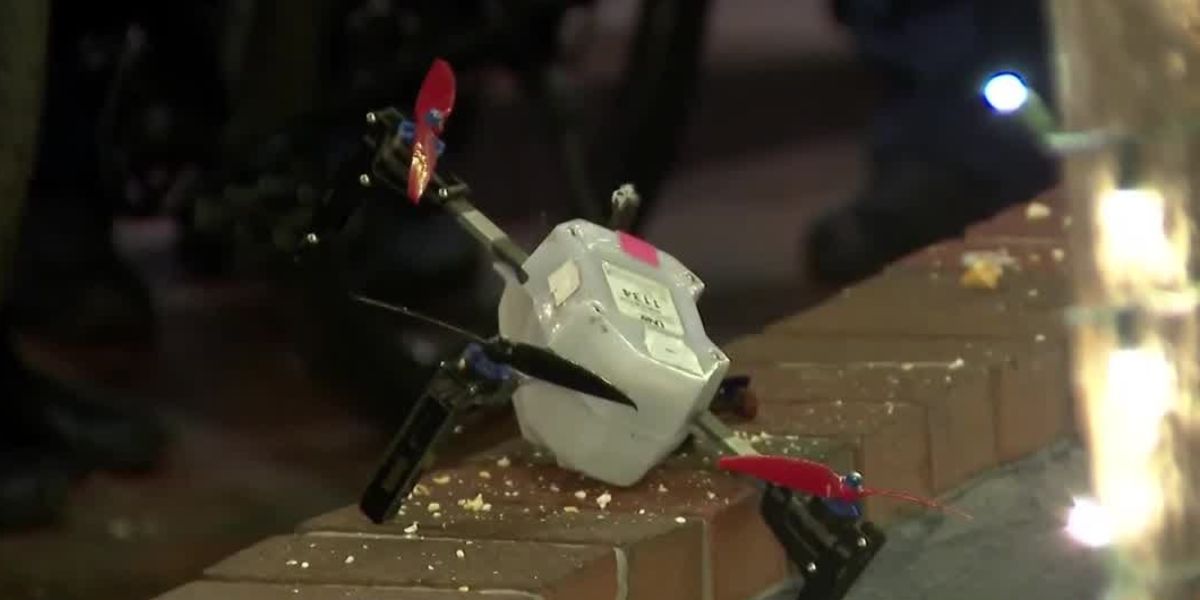Drone crash—it’s a phrase that evokes images of spinning rotors, broken parts, and potentially costly mistakes. This guide dives into the world of drone accidents, exploring everything from the common causes and prevention strategies to the legal ramifications and case studies. We’ll cover mechanical failures, software glitches, pilot error, and environmental factors, offering practical advice and insights to help you keep your drone in the air and out of trouble.
We’ll unpack the complexities of pre-flight checks, emergency procedures, and choosing safe flight locations. We’ll also look at how to assess damage after a crash, including repair versus replacement decisions, and the importance of documenting the incident properly. Finally, we’ll examine the legal landscape surrounding drone accidents, providing a clearer understanding of your responsibilities as a drone operator.
Drone crashes can be a real headache, especially if you’re relying on the data collected. Troubleshooting often involves checking various factors, and sometimes you even need to consider external factors like whether crucial online services are working correctly – are you facing issues because chatgpt down? is affecting your data processing pipeline? Getting back to the drone crash, remember to always check your battery and firmware updates to prevent future incidents.
Drone Crash Causes
Understanding why drones crash is crucial for improving safety and preventing future incidents. Several factors, ranging from mechanical issues to pilot error, contribute to these accidents. This section explores the most common causes, categorized for clarity.
Mechanical Failures
Mechanical failures are a significant contributor to drone crashes. These can range from simple issues like propeller damage or motor malfunctions to more complex problems within the drone’s internal systems. For example, a broken motor arm can lead to an immediate and uncontrolled descent, while a failing battery might cause a sudden power loss mid-flight. Regular maintenance and pre-flight checks are vital in mitigating these risks.
Software Glitches
Software glitches, often stemming from firmware bugs or software conflicts, can destabilize a drone, leading to unpredictable behavior and crashes. These glitches can manifest in various ways, from erratic flight patterns to complete system failures. Keeping the drone’s firmware updated and using reputable software are key preventative measures.
Human Error
Human error, encompassing pilot skill and negligence, is often the primary cause of drone accidents. Inexperienced pilots may struggle with controlling the drone in challenging conditions, leading to loss of control. Negligence, such as ignoring weather warnings or failing to perform pre-flight checks, also significantly increases the risk of a crash. Proper training and adherence to safety protocols are essential.
Environmental Factors, Drone crash
Environmental factors, such as strong winds, heavy rain, and extreme temperatures, can significantly impact drone stability and increase the likelihood of a crash. High winds can push the drone off course or cause it to lose altitude unexpectedly, while rain can damage electronic components and reduce visibility. Extreme temperatures can affect battery performance and the structural integrity of the drone.
Choosing appropriate flight locations and monitoring weather conditions are critical.
Crash Cause Frequency
The following table summarizes the frequency and severity of different crash causes based on anecdotal evidence and reports from various sources. Note that the exact frequencies can vary depending on the type of drone, pilot experience, and operating environment.
| Cause | Frequency | Severity | Contributing Factors |
|---|---|---|---|
| Pilot Error | High | Variable | Lack of training, negligence, poor judgment |
| Mechanical Failure | Medium | High | Component wear, improper maintenance |
| Software Glitch | Low | Medium | Outdated firmware, software conflicts |
| Environmental Factors | Medium | Variable | Strong winds, rain, extreme temperatures |
Drone Crash Prevention
Preventing drone crashes requires a multi-faceted approach, encompassing thorough pre-flight checks, adherence to safety protocols, and proper pilot training. This section Artikels key strategies for minimizing risks.
Pre-Flight Inspection Checklist
A comprehensive pre-flight inspection is paramount. This checklist should be followed meticulously before each flight to identify potential issues early on.
- Inspect propellers for damage or imbalance.
- Check motor functionality and responsiveness.
- Verify battery charge level and health.
- Ensure GPS signal is strong and stable.
- Test all control functions before takeoff.
- Check for any loose connections or visible damage.
- Review weather conditions and assess flight suitability.
Emergency Landing Protocols
Knowing how to perform an emergency landing is crucial. Different scenarios require different approaches.
- Loss of control: Attempt to regain control, then prioritize a safe landing area.
- Low battery warning: Initiate an immediate return-to-home (RTH) procedure.
- GPS signal loss: Transition to manual control and land in a safe, open area.
- Mechanical failure: Attempt controlled descent and landing; prioritize safety over data recovery.
Safe Flight Location Selection
Selecting an appropriate flight location is critical. Avoid areas with obstacles, high winds, and restricted airspace. Always check local regulations and obtain necessary permits.
Drone Safety Features
Modern drones incorporate various safety features, such as GPS return-to-home, obstacle avoidance systems, and geofencing. These features enhance safety but should not be relied upon entirely; they are supplemental to good piloting practices.
Pilot Training
Proper pilot training is arguably the most crucial aspect of drone safety. A well-trained pilot understands the limitations of their drone, can handle unexpected situations, and adheres to safety protocols consistently.
Drone Crash Damage Assessment
Assessing the damage after a drone crash is the first step in determining the necessary repairs or replacement. This involves a systematic approach to identify the extent of the damage and plan the repair or replacement strategy.
Damage Assessment Methods
A thorough visual inspection is the primary method. This involves carefully examining each component for damage, including propellers, motors, arms, camera, and electronics. Functionality testing of each component is essential.
Component Identification
Identifying damaged components requires a detailed understanding of the drone’s structure and functionality. This may involve consulting the drone’s manual or seeking expert assistance.
Damage Documentation
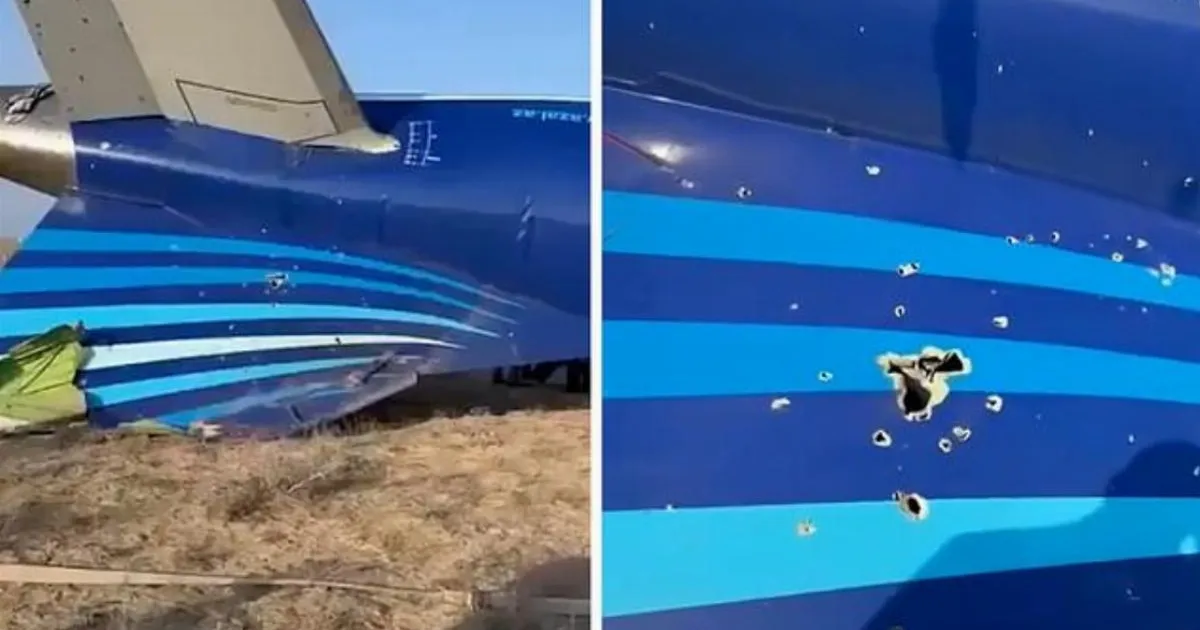
Comprehensive documentation is crucial for insurance claims and repair planning. This includes detailed photographic evidence of the damage, along with textual descriptions of each damaged component and the extent of the damage.
Repair Costs
Repair costs vary greatly depending on the type and extent of the damage. Minor repairs, such as replacing a propeller, might be relatively inexpensive, while major damage, such as a broken frame or damaged flight controller, can be significantly more costly.
Repair vs. Replacement
The decision to repair or replace a damaged drone depends on several factors, including the cost of repair, the extent of the damage, and the drone’s overall value. A flowchart can help guide this decision-making process.
The flowchart would start with assessing the damage. If the damage is minor and the cost of repair is low, repair is chosen. If the damage is extensive or the cost of repair is high, a comparison of repair cost versus replacement cost is made. If the repair cost exceeds the replacement cost, replacement is chosen. If the repair cost is lower than the replacement cost, repair is chosen.
Drone crashes can be frustrating, especially if you suspect interference. A common culprit is wifi signal congestion; to figure out if your 2.4 GHz or 5 GHz band is causing problems, check your iPhone’s wifi settings by following this guide: how to check your wifi ghz on iphone. Knowing your wifi frequency can help you troubleshoot drone connectivity issues and prevent future crashes.
This simple check can make a big difference!
This process considers the drone’s value and the overall cost-effectiveness of each option.
Drone Crash Legal and Regulatory Aspects
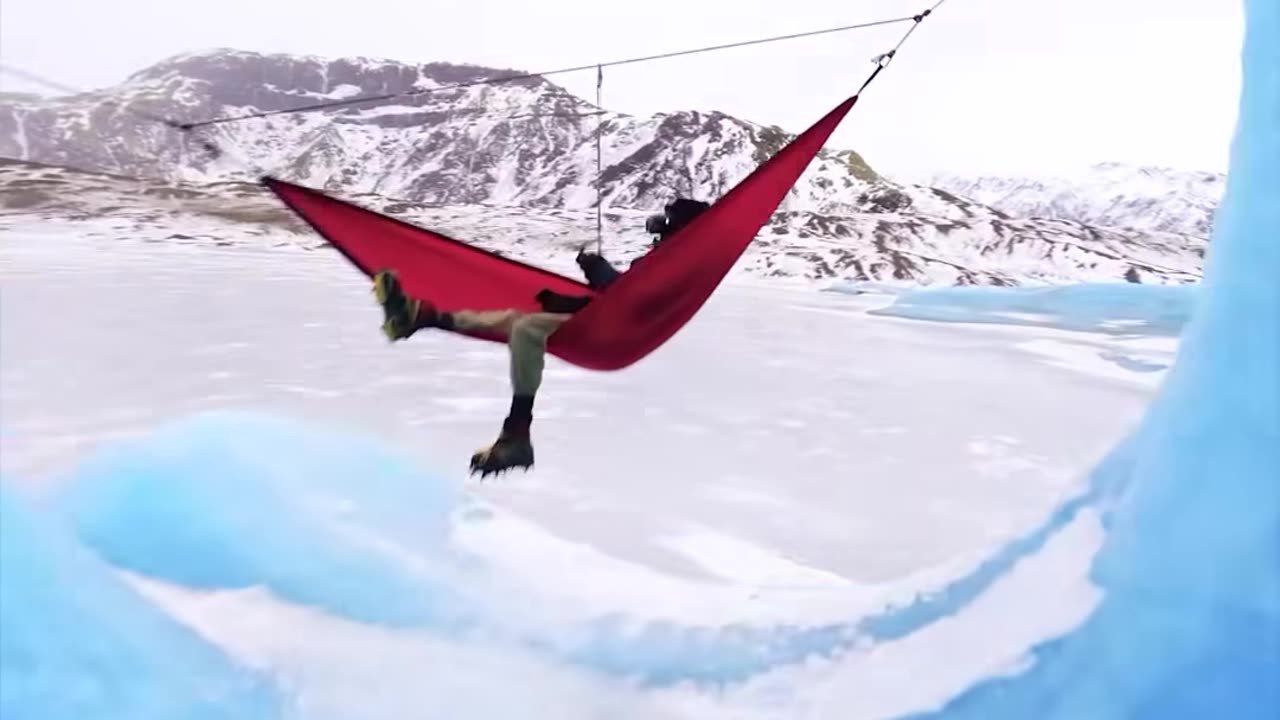
Drone crashes can have significant legal and regulatory implications, particularly when involving property damage or personal injury. Understanding these aspects is crucial for responsible drone operation.
Legal Implications
Drone crashes resulting in property damage or personal injury can lead to legal action, including lawsuits for negligence or recklessness. Liability can extend to both the drone operator and the drone manufacturer, depending on the cause of the crash.
Regulations and Safety Protocols
Various regulations govern drone operation, covering aspects such as registration, licensing, airspace restrictions, and operational safety protocols. These regulations vary by country and region, and it’s crucial for operators to understand and comply with the relevant laws.
Operator Responsibilities
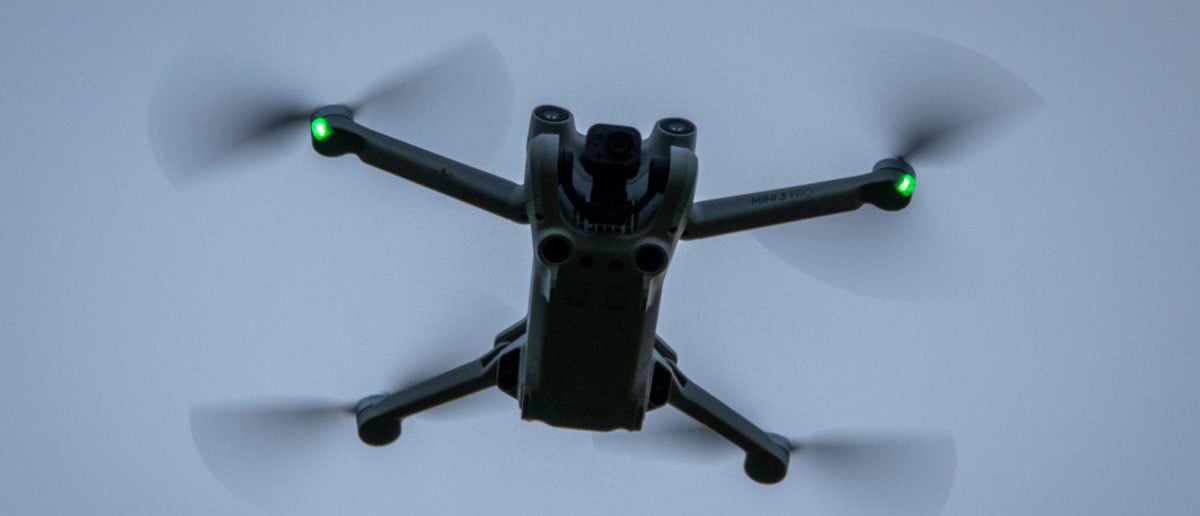
Drone operators bear the primary responsibility for preventing and mitigating accidents. This includes obtaining necessary permits, adhering to safety protocols, and ensuring their drone is in good working condition.
Legal Frameworks (Comparative)
Legal frameworks governing drone accidents differ significantly across countries and regions. Some countries have comprehensive regulations, while others have less developed legal frameworks.
Legal Case Examples
Several legal cases involving drone crashes have set precedents regarding liability and operator responsibilities. These cases highlight the importance of adhering to safety protocols and understanding the legal implications of drone operation.
Drone Crash Case Studies
Analyzing specific drone crash incidents provides valuable insights into the causes of accidents and helps improve safety standards. This section details a hypothetical case study, illustrating the investigation process and lessons learned.
Significant Drone Crash Incident
Let’s consider a hypothetical case where a drone crashed due to a combination of factors: strong winds exceeding the drone’s operational limits, a partially depleted battery, and a pilot’s decision to continue flying despite weather warnings. The drone struck a building, causing minor damage.
Investigation and Root Cause Analysis
The investigation involved examining the drone’s flight data logs, reviewing weather reports, and interviewing the pilot. The analysis revealed the interplay of wind conditions, battery level, and the pilot’s judgment as the primary causes of the crash.
Lessons Learned and Improved Safety Standards
This incident highlighted the importance of adhering to weather warnings, monitoring battery levels closely, and selecting appropriate flight locations. It led to stricter guidelines for pilot training and emphasized the need for more robust wind resistance capabilities in future drone designs.
Drone crashes can be a bummer, especially when you’ve invested in a decent machine. To avoid a costly drone crash, proper maintenance is key. If you’re considering a budget-friendly option, check out the specs of the e88 drone before taking to the skies. Understanding your drone’s limitations and practicing safe flying habits are crucial steps to preventing future drone crashes.
Key Takeaways
- Always check weather conditions before and during flight.
- Maintain sufficient battery charge throughout the flight.
- Choose appropriate flight locations considering environmental factors.
- Prioritize safety over continuing a flight in adverse conditions.
Sequence of Events
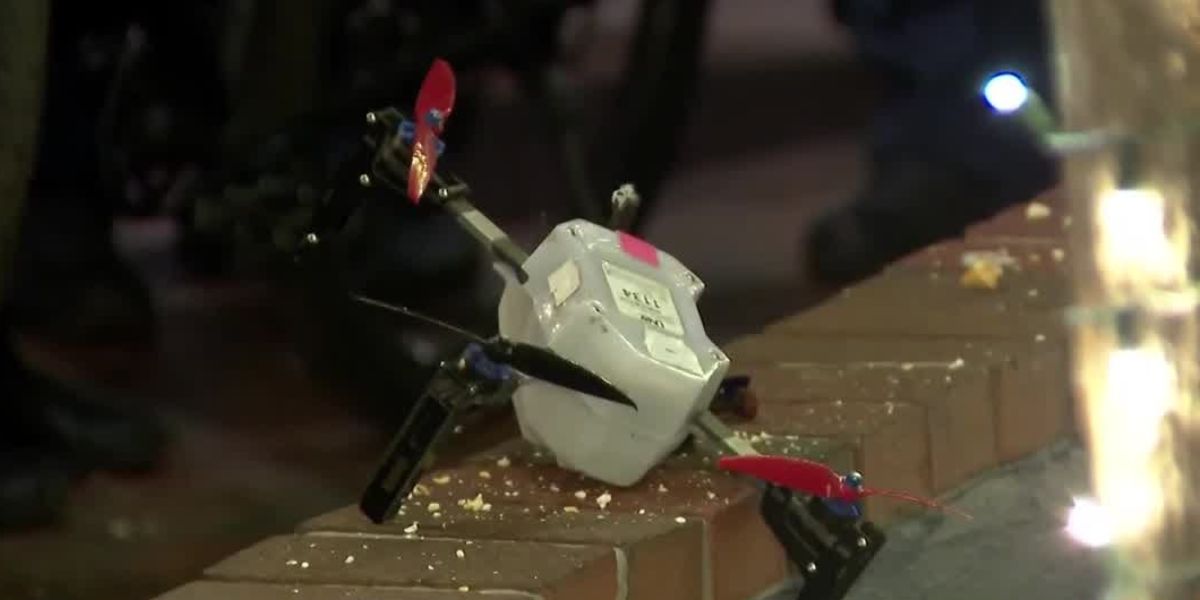
The visual representation would show a timeline. First, the drone takes off. Then, strong winds begin to affect the drone’s flight. The low battery warning appears. The pilot ignores the warning and continues flying.
Finally, the drone crashes into a building.
Ultimate Conclusion
Understanding drone crashes isn’t just about avoiding expensive repairs; it’s about responsible operation and ensuring the safety of yourself and others. By carefully considering the factors we’ve discussed—from meticulous pre-flight checks to understanding the legal implications—you can significantly reduce the risk of accidents. Remember, knowledge is your best defense against a drone crash. Stay informed, fly safely, and enjoy the skies!
Essential FAQs
What should I do immediately after a drone crash?
Ensure your safety first. Then, assess the damage to the drone and any surrounding property or people. Take photos and videos as evidence. Report the incident to relevant authorities if necessary.
Is drone insurance necessary?
Highly recommended, especially for commercial drone operations. Insurance can cover damages to your drone, property damage, and potential liability for injuries.
How can I find a reputable drone repair shop?
Check online reviews, ask for recommendations from other drone pilots, and ensure the shop has experience with your specific drone model.
What is the typical lifespan of a drone?
This varies greatly depending on usage, maintenance, and the quality of the drone. However, with proper care, many drones can last several years.
